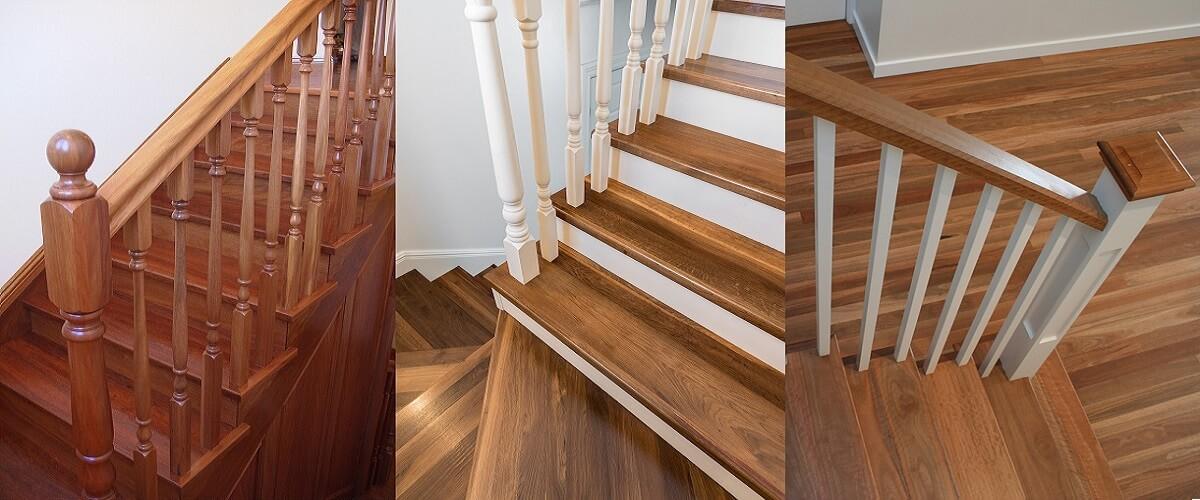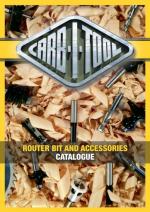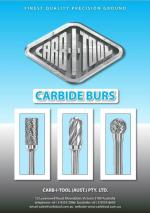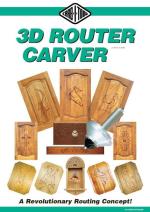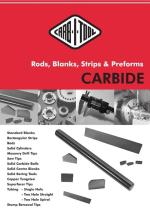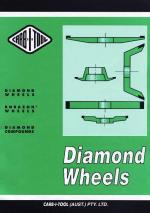Carbitool Supplier Sydney Australia
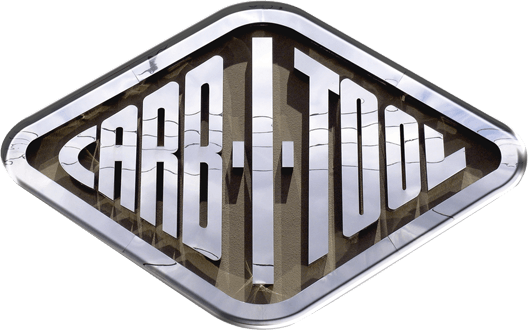 Process characteristics
Process characteristics
Usually routing is limited to soft metals (aluminium etc.) and rigid nonmetals. Specially designed cutters are used for a variety of patterns, cuts, and edging. Both hand controlled and machine controlled/aided routers are common today.
Workpiece geometry
Routing is a shaping process used to produce finished edges and shapes. Some materials that prove difficult to shape with other processes, such as fiber-glass, Kevlar, and graphite, can be shaped and finished neatly via various routing techniques. Apart from finished edges and shaping, cutaways, holes, and contours can also be shaped using routers.
Tools and equipment
The set up includes an air or electric driven router, a cutting tool often referred to as a router bit, and a guide template. Also the router can be fixed to a table or connected to radial arms which can be controlled easier.
In general there are three types of cutting bits or tools.
Fluted cutters (used for edging and trimming)
Profile cutters (used for shaping and trimming)
Helical cutters (used on easily machined materials, for drilling, shaping, trimming)
Safety glasses and ear protection should be worn at all times when using a router. (Wiki)
1.Always keep collet clean. Replace when worn.
80% of all tool breakage is directly traced to worn 'ovalized' collects. Resolve breakage by changing to a newe collet.
2. Insert shank 19mm(3/4") into collet.
Holding only the upper edge of the shank by the lower portion of the collet will inevitably lead to Router Bit breakage, spindle nose wear, and collet bell-mouthing.
3.Tighten the collet securely.
4.Store your bits in a Plastic Pouch.
Do not let them lay loose in your tool box.
5.Clean Ball Bearings with Solvent, then submerge them in thin oil lubricant.
6. Have your tools serviced by a professional service shop.A properly sharpened tool is vital to the success, quality and profitability of your operation. Remove the tool for servicing whenever poor job finish or increased feed pressure indicates a dull cutting edge. Also remove the tool for servicing at the slightest sign of a chi[ or nick in the cutting edge.
7.We recommend the use of 12.7mm(1/2") diameter shanks where possible, for more stability and less chatter.
8.Router Bits over 38mm (1 1/2") in a diameter should be used in bench or overhead machines. Ensure appropriate speeds, feeds and number of passes are used for bits over 50mm(2") in diameter.
Consult your machine manual, supplier and Router Speed Guide (below) for specific advice.
Click HERE to buy Carbitool Router Bits
Click Catalogue Images Below for More Details




